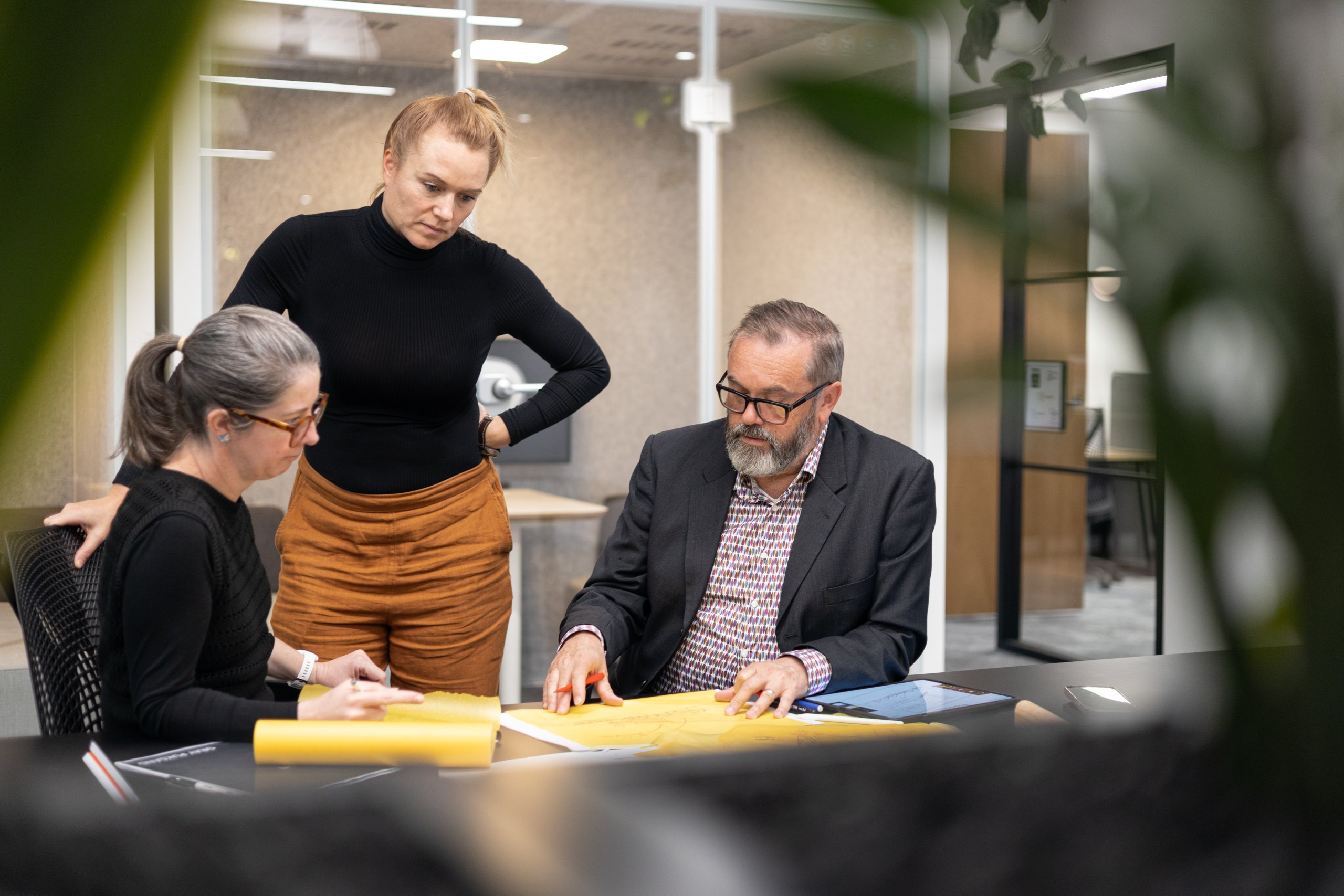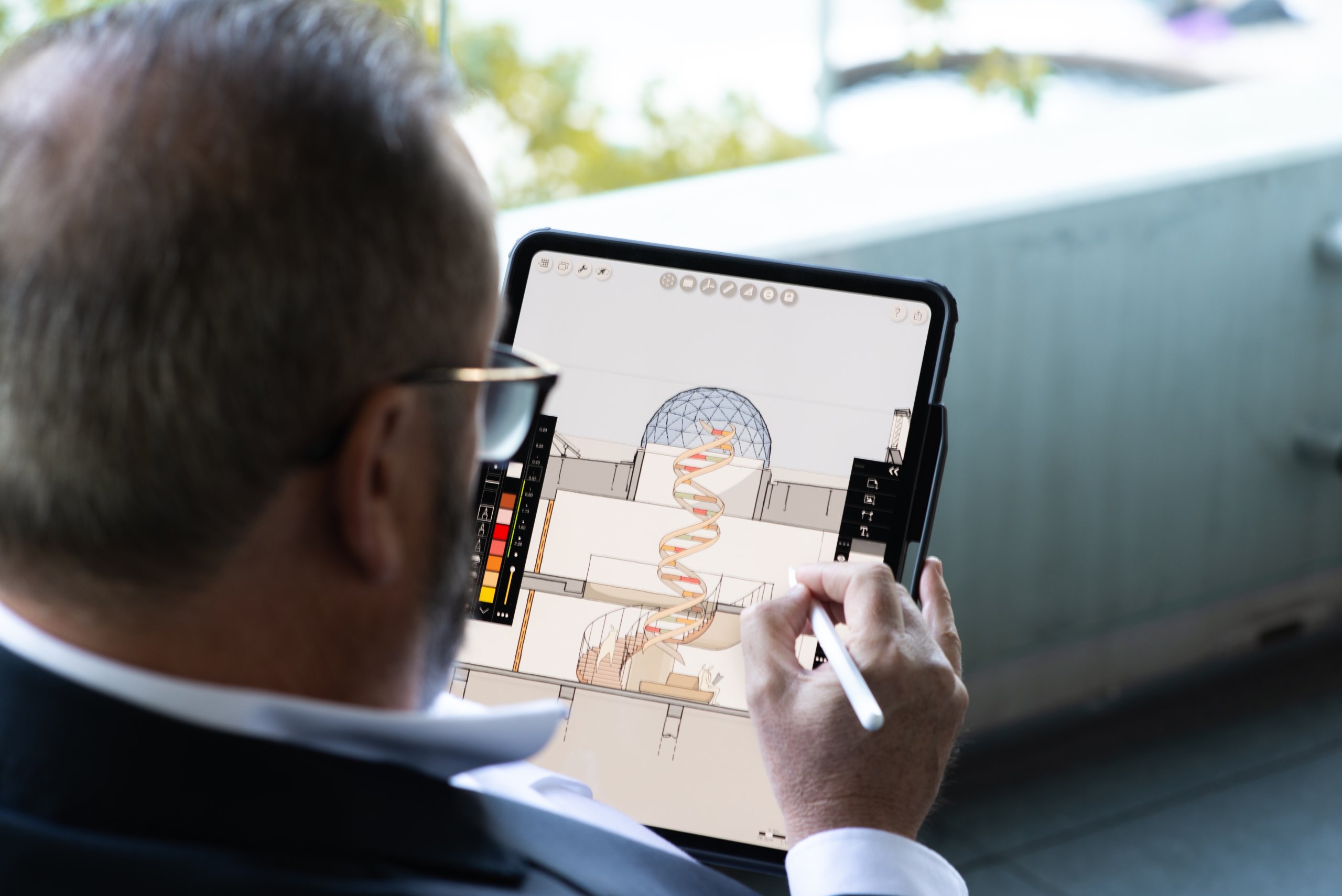Successful architecture relies on more than design ideas. It demands the integration of technical expertise, creative thinking, and open communication, qualities that are reflected in the work of Senior Associate Ian Hollen.
With more than 35 years’ experience across all facets of architecture, Ian brings a robust breadth of knowledge to his role at Gray Puksand. From the earliest sketch through to final delivery, Ian’s approach is grounded in listening, collaboration and conversation.

Ian’s approach to design is closely tied to the way he builds relationships with clients.
“Early in my career, I was focused purely on drawing and designing, but over time, I came to understand that the client is the project. If you do not bring them with you, if you do not listen carefully and instil confidence, then even the best design will not succeed.”
Today, Ian builds trust by maintaining consistent communication throughout every project. He makes a point of asking direct, simple questions: “Are you happy with where this is heading? Does this still feel right to you?”
This regular dialogue keeps the design aligned with the client’s evolving needs, while staying true to the intent of the original brief.
The same mindset extends to how Ian mentors project teams. He encourages younger designers to see technical discipline and creative design not as separate skills, but as strengths that work together.
“I want people to feel connected to what they are delivering,” Ian says.
“If they can understand each aspect of the project and how it all fits together, they can take real ownership of the building. That is when the best work happens.”

The most meaningful projects, Ian says, are those that make a genuine difference in the end-user’s life.
His work on the Canberra Institute of Technology Woden Youth Foyer focused on creating accommodation that dismantles systemic barriers to education while offering safety, support and connection. Marsden Park Primary School extends the same thinking at a campus scale. The building draws inspiration from the DNA strand structure, fundamentally placing education on display whilst connecting movement and landscaping across the site.
For Ian, success is measured not by public recognition, but by the experience of the people who use the building every day.
“If people feel a sense of ownership and pride when they walk through the door, then we have done our job properly,” he concludes.

